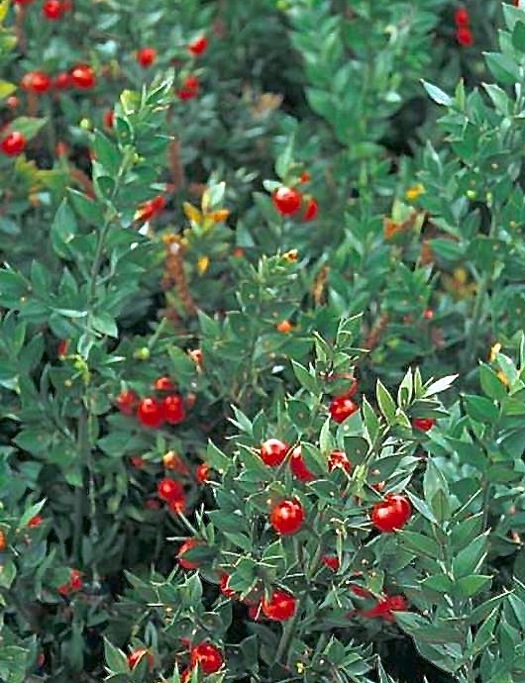Color or Black-and-White?
 Sunday, February 1, 2015 at 5:00AM
Sunday, February 1, 2015 at 5:00AM While some subjects are stunning in monochromes, I have never liked black-and-white photos of gardens. Oh, I've heard the arguments. Such images reveal structure, stark beauty, all that. But! Seeing a black-and-white shot of a garden is like smelling a wonderful meal and not being allowed to taste it.
What do you think about black-and-white garden images? I am trying to be open-minded. Black-and-white tones can be especially evocative of winter's muted spirit. To challenge myself, I looked at the following January scenes around my garden in both color and black-and-white. I confess, there are a few I prefer in black-and-white.
decorative cabbage:
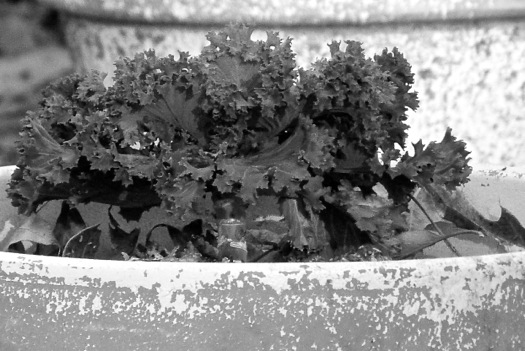
emerging bulbs: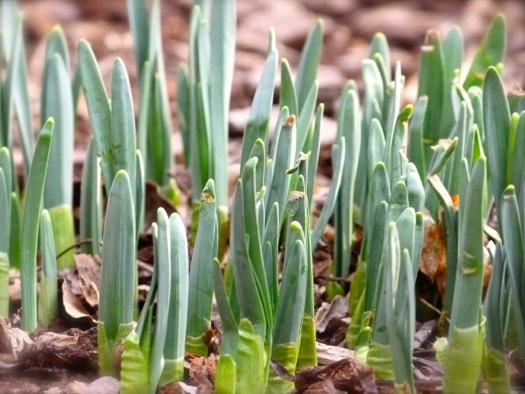
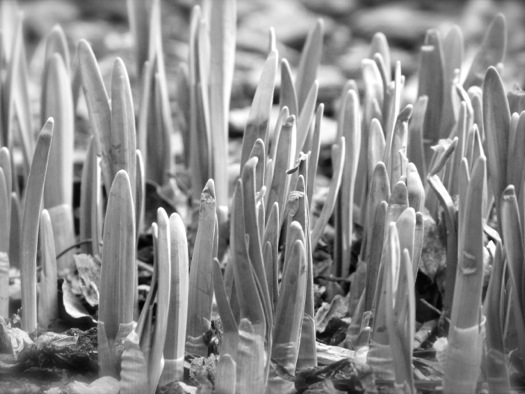
fatshedera leaf:
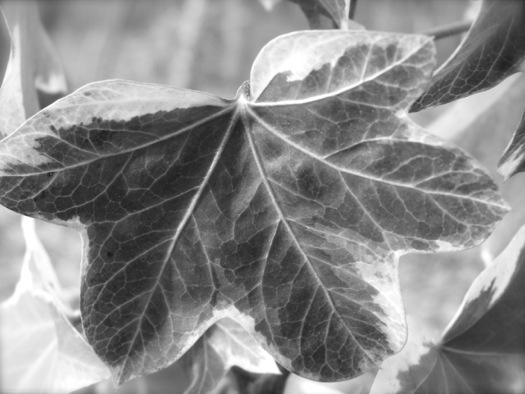
autumn fern fronds:

Florida anise:
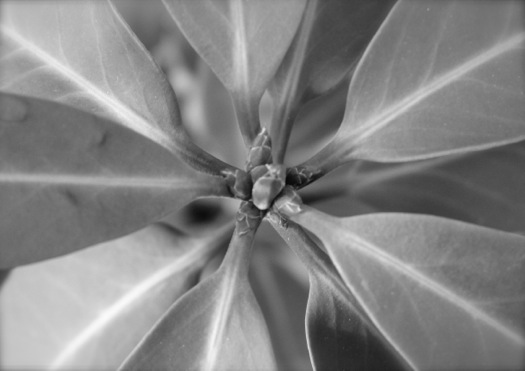
hellebore:
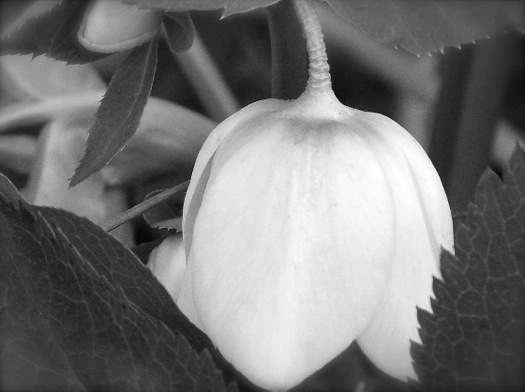
cross on red leaf:

rippled sky:
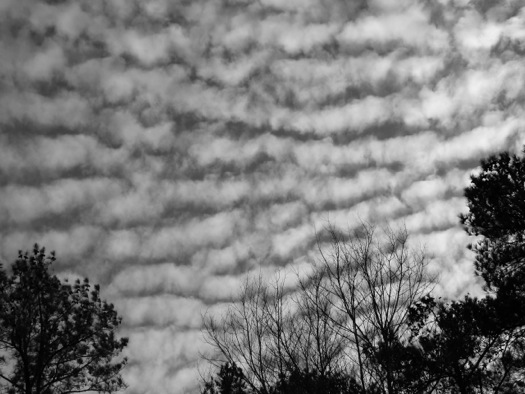
sunset in trees: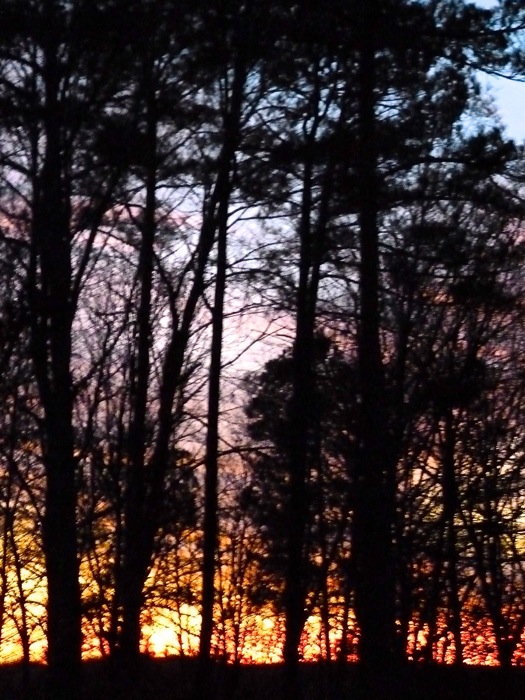

tree shadows:

blue sky and trees:
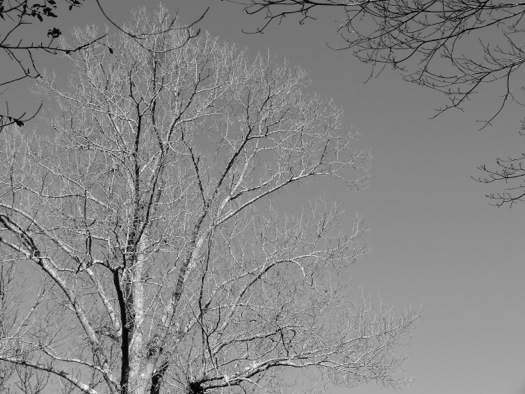
swirling cloud:

trees at woodland edge: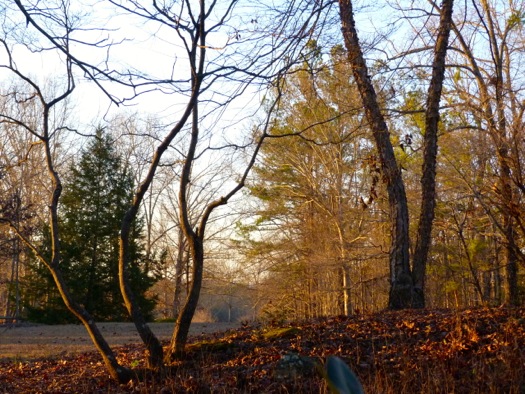

viburnum leaves:
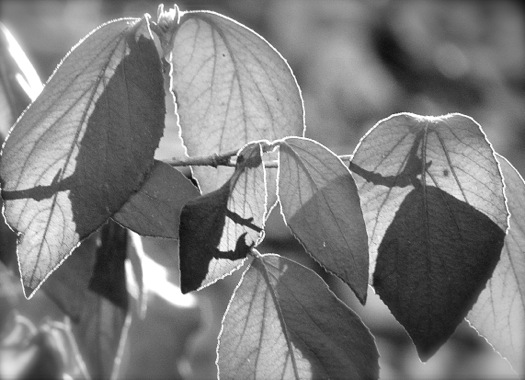
winter daphne: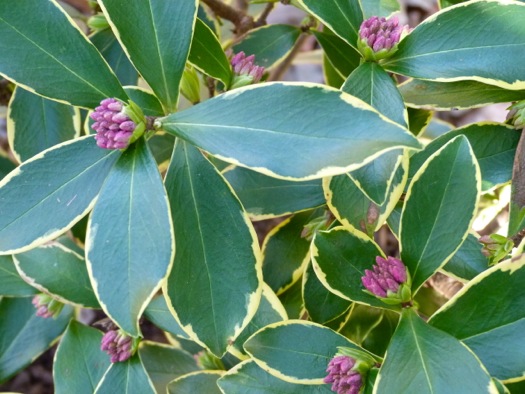
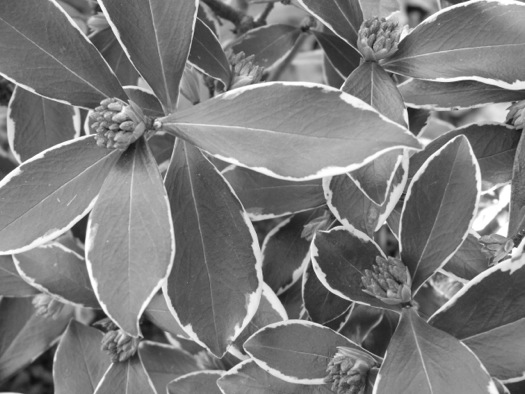
bare winter woodlands: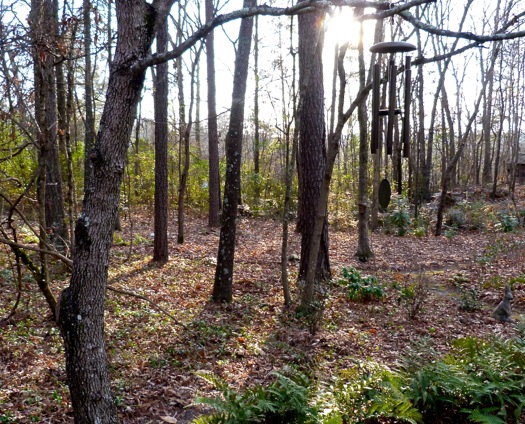

little rabbit: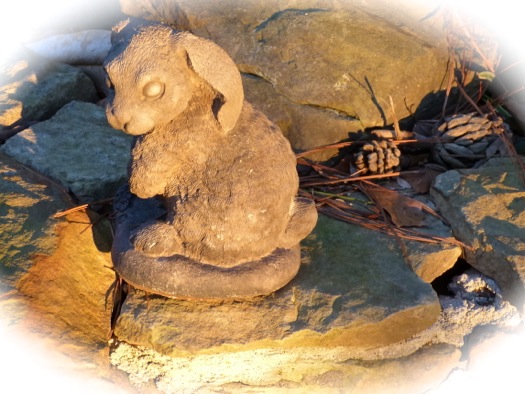

What do you think? Were there some you liked better in black-and-white? Or others you preferred in color? I hope you had as much fun with this as I did!
Have a great week!
